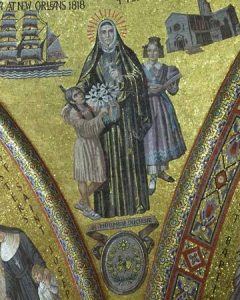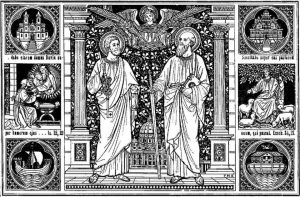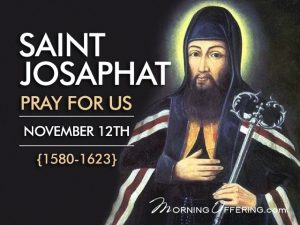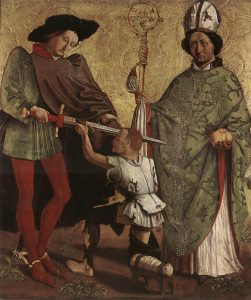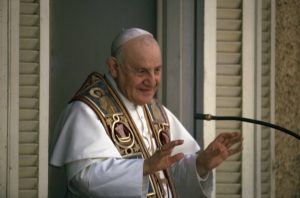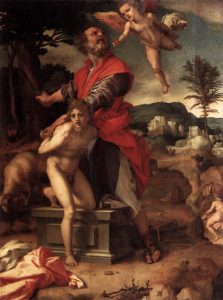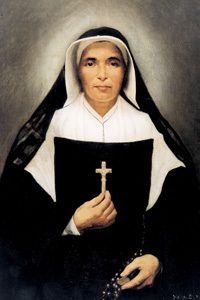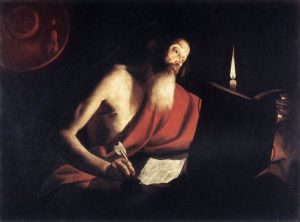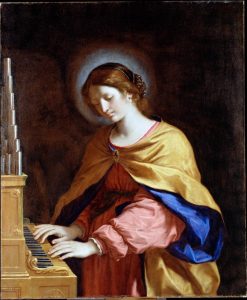 O Christ, who summoned all
O Christ, who summoned all
To follow in your way,
That we might bear our cross
And live in endless day:
We thank you for Cecilia’s stand;
And trusting in your loving hand,
We too will sin and death withstand.
(hymn text by J. Michael Thompson)
I love music, don’t you? I also love real good sacred music: polyphony, chant and the like… today is a beautiful feast day in our honoring Saint Cecilia, patron saint for church musicians. Like any good Christian, Cecilia sang in her heart, and sometimes with her voice. She has become a symbol of the Church’s conviction that good music is an integral part of the liturgy, of greater value to the Church than any other art. In the present confused state of Church music, it may be useful to recall some words of Vatican II:
“Liturgical action is given a more noble form when sacred rites are solemnized in song, with the assistance of sacred ministers and the active participation of the people…. Choirs must be diligently promoted, but bishops and other pastors must ensure that, whenever the sacred action is to be celebrated with song, the whole body of the faithful may be able to contribute that active participation which is rightfully theirs…. Gregorian chant, other things being equal, should be given pride of place in liturgical services. But other kinds of sacred music, especially polyphony, are by no means excluded…. Religious singing by the people is to be skillfully fostered, so that in devotions and sacred exercises, as also during liturgical services, the voices of the faithful may ring out” (Constitution on the Liturgy, 112-118).
